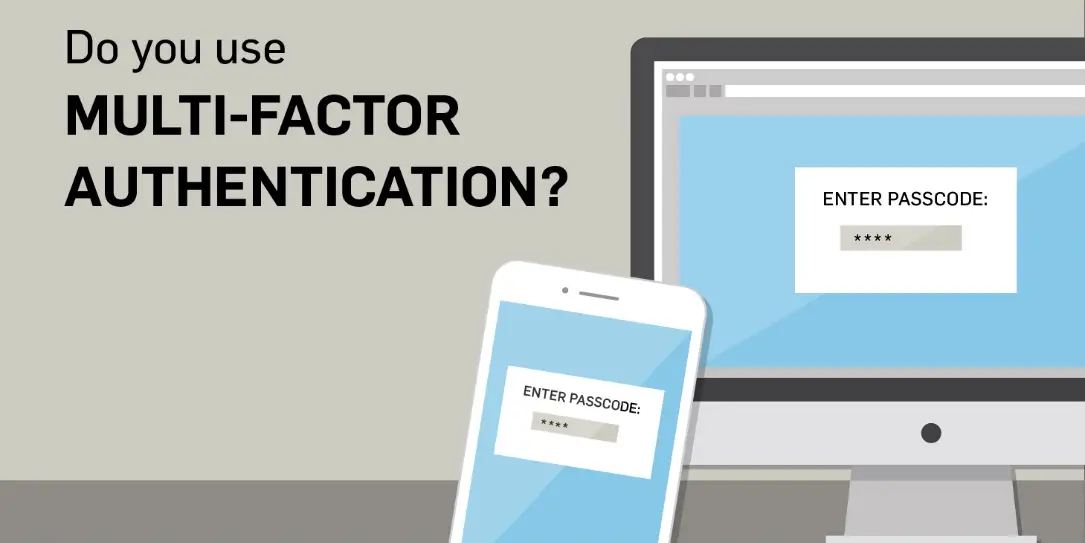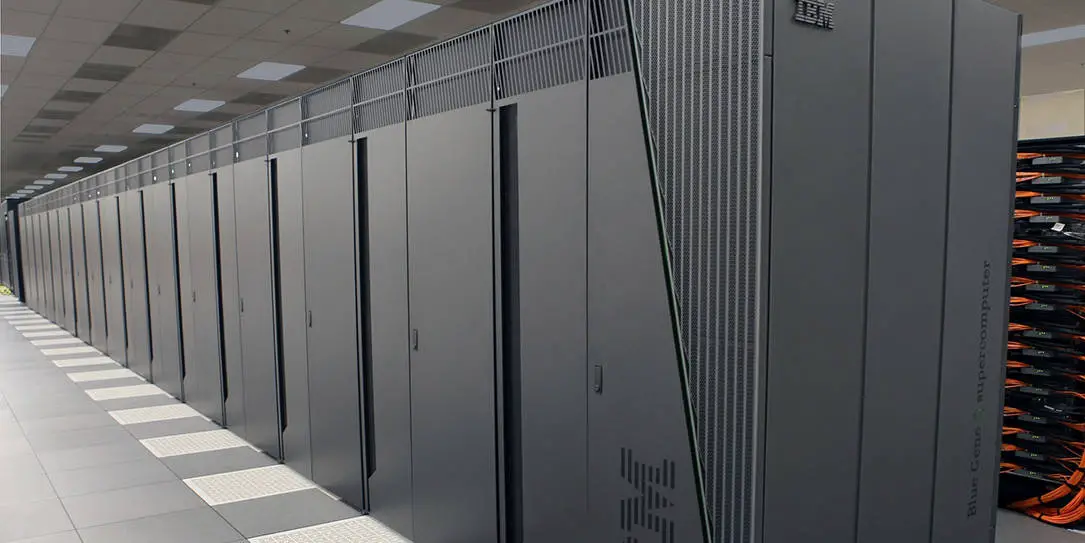Identity and access management is a framework used in IT departments to manage digital identities and secure their accounts. Digital identities represent individuals within applications and websites and are generally protected with security measures like usernames and passwords. IAM systems may be deployed on-premises, often referred to as legacy systems these days, or they may be part of a software as a service (SaaS) package operating in the cloud.
On-premises systems provide organizations with a sense of control because they can physically manipulate the hardware, and giving up this sense may be difficult for some, especially since, on paper, a cloud-based service likely seems more vulnerable to hackers. On-premises IAM, however, requires proper management and maintenance—things that cost time and money. More importantly, modern data encryption actually keeps cloud IAM systems more secure, and cloud providers have entire teams of people dedicated to keeping services online and secure 24/7. These are some of the most important functions provided by IAM.
Authentication and Authorization
These are the fundamental access controls of IAM. Authenticating is the process of making sure a digital identity is actually the person it claims to be before authorizing user access to tools, resources, or information. There are a few different systems that can be used for this.
- Single Sign-On: This is a system where users can access multiple resources through a single account. One set of credentials (generally a username and password) is all that’s needed for that user to access everything they’re authorized for. This saves time and helps reduce password fatigue since members of the organization won’t need to memorize multiple accounts. Fewer user names and passwords on record also presents fewer chances for accounts to become compromised.
- Multi-factor Authentication: MFA is any authentication process that requires at least two sets of credentials. Common examples in everyday life include websites that require you to log in with your username and password and then text you a security code to enter verifying your identity. An organization might require employees to use a smart card in combination with biometrics to gain access to sensitive resources. This is one of the most popular ways to prevent cybercrimes.
- Privileged Access Management: This form of authentication only authorizes users for access to exactly what they need to perform their job for that day. This is typically done via role-based access control (RBAC). This approach to IAM assigns employees specific roles and provides access to resources based on predetermined definitions for their roles. This makes it easy to boost efficiency and stay in line with government regulations.

Provisioning and Deprovisioning
IAM manages user identities throughout their entire lifecycle with an organization. When a new employee joins, they’re provisioned with an appropriate level of access for their position and authorized for specific apps and resources. Users will continue to be provisioned as needed when their access level needs to change. RBAC makes it easy to automate the provisioning process, which would be extremely time-consuming otherwise.
Deprovisioning is the process of revoking user access after either a role change or when an employee leaves the company. Unlike provisioning, this process is usually handled manually due to its importance in maintaining security. If members of an organization maintain access after it’s no longer appropriate, those with ill intent could easily cause severe damage.
Reporting
IAM also helps with proving SOC 2 compliance. This is an auditing procedure that ensures digital service providers protect customer data and that services are available to customers at all times. Naturally, this compliance is crucial for any service provider that offers IAM, but it’s not just important for them. Every business has customers, and successful ones collect and analyze customer data to evaluate performance and create marketing strategies. Customers are the most important resource for any business, and reliable IAM ensures their privacy and information are kept safe from cyberattacks.
What do you think of IAM? Let us know in the comments below or on Twitter, or Facebook. You can also comment on our MeWe page by joining the MeWe social network.
Last Updated on February 3, 2021.










